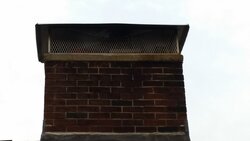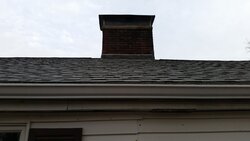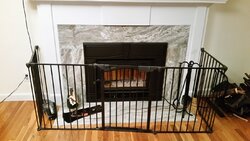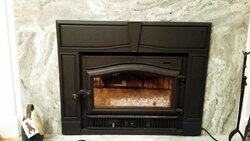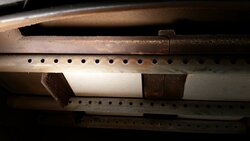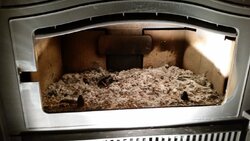jatoxico
Minister of Fire
Temp is at 445 taking a reading aiming just inside the stove and above what some people call the dog house in the center of the stove using a laser thermometer.
Reading your last post I believe I have a block off plate. I can also post some pics -- what would help?
An inside and outside shot. Type of cap and anything that could effect draft like close trees or roofline. If all else checks out then the solution is most likely short stack.


